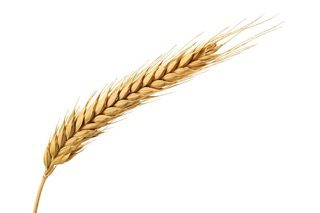

Wondering if triticale is safe for dogs to eat? Most dogs can safely consume triticale, a grain that contains copper, folic acid, and iron. However, dogs with gluten allergies or sensitivities should avoid it.
Triticale is an excellent source of dietary fiber, which helps promote healthy digestion in dogs. It is also rich in iron, folic acid, and copper, which support healthy blood circulation.
While triticale is safe for most dogs, those with wheat allergies or gluten intolerance should steer clear of this grain.
If you decide to feed your dog triticale, ensure that it is thoroughly washed and cooked by boiling. Serve it in moderation and as an occasional treat. Keep in mind that triticale is a carbohydrate, and the majority of your dog’s diet should come from quality meat-based protein.
Triticale, a grain that contains copper, folic acid, and iron, can be safely consumed by most dogs. It is also known as X wheat and is a hybrid of wheat and rye. Triticale is a versatile grain that can be used in both human and pet food, and it is widely available at an affordable price.
Triticale provides many health benefits, including promoting a healthy digestive system and supporting healthy blood circulation due to the fiber, iron, folic acid, and copper it contains. However, dogs with gluten sensitivities or intolerance should avoid this grain.
To provide triticale to your furry friend, be sure to thoroughly wash and boil it before serving it in moderation and as an occasional treat. Remember that carbohydrates should not make up the majority of your dog's diet, and it should mostly consist of quality meat-based protein.
If your pup doesn't like triticale or has a wheat allergy, try substituting it with other grains like oatmeal or brown rice. Always consult with your veterinarian before introducing any new food into your pet's diet.
Have you ever tried feeding your dog triticale? What was their experience with it? Remember to always prioritize your pet's health and happiness with a balanced diet and plenty of love and affection.